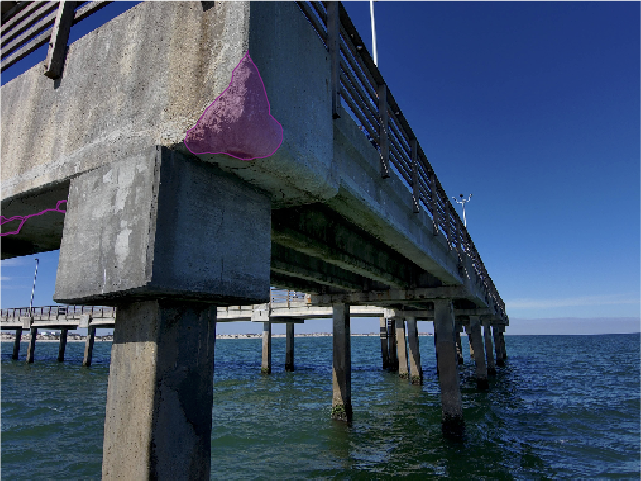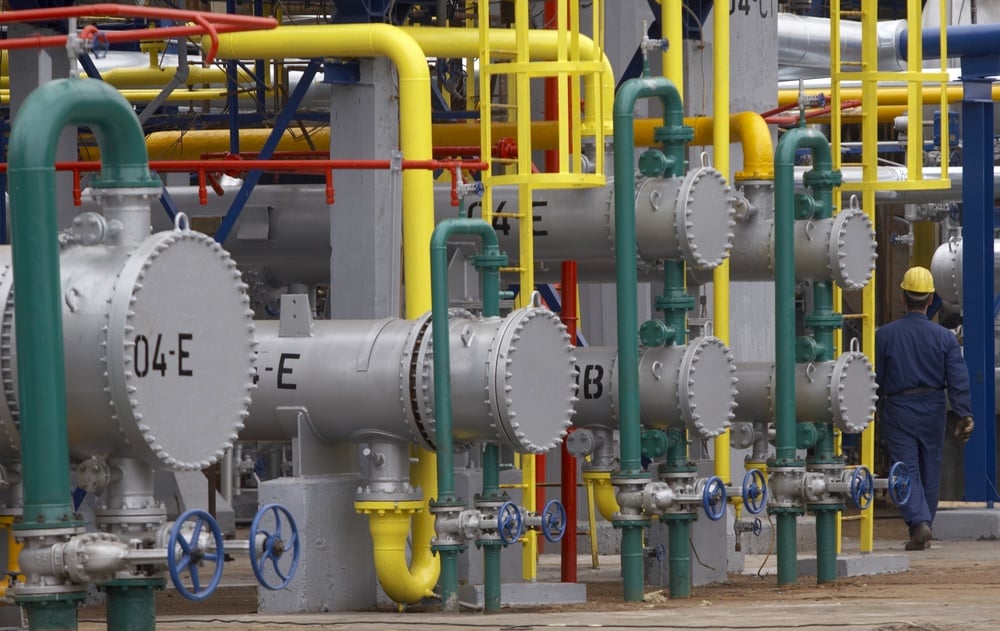Non-destructive inspection of engineering equipment, products and installations has always received support from inventors through offering remote vision gadgets/instruments that help in a close and detailed examination of the object under inspection. Almost 100 years back, the first industrial borescope was invented (in 1921), which allowed inspectors to examine places that were otherwise inaccessible or not viewable by the naked eye.
That invention opened new avenues in the field of inspection and surveying and we saw borescopes equipped with intense illumination for viewing spaces or chambers such as cylinders of internal combustion engines, combustion chambers of jet engines, turbine housing blades, gun bores and tubes.
A new dimension was added – safety of the inspector – when these borescope were used for inspection of hazardous areas like nuclear reaction chambers, internal viewing of furnaces and so on. Today’s borescopes are flexible, illuminated, equipped with latest scanning & zooming controls and are capable of delivering inspection data right to inspector’s laptop using drone inspection software such as Qii.AI.
That was not the end of the story about remote visual inspection. The last decade saw drones evolving beyond their military origin to become inspection drones introduced in the industry as the latest remote vision inspection gadgets. This has been such a smart innovation that it captured the attention of infrastructure and asset managers in no time – the first invention in 100 years that offers remote vision inspection & survey solutions much better, quicker, broader in application scope and more diversified than the technology used in borescope, periscope and the like.
Inspection drones are the eyes of engineers and inspectors in the hardest-to-reach areas, be that a bridge supported on piles, overhead pipe crossing or an offshore production deck. Inspecting these structures for anomalies has become possible without the need for expensive access vehicles or potentially dangerous ladders and scaffoldings.
The best thing about inspection drones is their LOOK – UP advantage. High-tech inspection drones are installed with camera and sensors capable of 180 degree vertical movement. This capability ensures field of view which is completely unobstructed throughout the 180 degree vertical range of camera or sensor motion – capturing clear and stabilized imagery ahead, under or above the inspection drone.
The look-up capability of inspection drones provides an easy solution for inspections of structure and utility installations under the bridges, overhead plant piping and offshore production platforms with added cost saving advantages. Drones, also referred as Aerial Work Platforms (AWP), flying underneath bridges and offshore platforms and looking directly up can provide condition assessment data that is otherwise very expensive to collect.
Bridges in the later part of their life cycle require routine (every 5 years or so) bridge inspections (visual) as well as deck delamination assessments (using infrared thermography) by concerned municipal bodies as part of mandatory compliance under regulations. Such bridge structures can be of different types like culverts, box girders, hanging and bridges that are confined spaces where inspections need to be carried out thoroughly by accredited Compliance Assessment Bodies (CAB) under ISO 17020 guidelines.
Traditionally inspections under the bridges are carried out using vehicles such as snoopers or other access means like rope hanging. Additionally, traffic closure or diversion needs to be coordinated in most cases for safety reasons. All this contributes to high inspection costs and exposes inspectors to safety risks under dangerous situations.

Drone inspection of the structure under the bridges provides the close details necessary for a thorough inspection. With the help of supporting software, inspection drones can provide visual, infrared and 3D modelling detail of bridges. This results in effectively reporting the inspection results in the form of express identification of concrete delamination, collection and processing of topographic mapping details from the bridge site to efficiently map riverbank conditions, upstream and downstream.
The inspection data captured by drones effectively replicates and, in some cases, enhances the detail learned through the use of snoopers without the traffic control requirements and at significantly lower cost in terms of equipment and traffic control needs.
Rather than rolling out an entire echelon, the snooper trucks, the rope and climbers, inspectors can mobilize to site fully equipped in a car and a trailer, and launch the inspection drone under the bridge in 20 minutes. A pragmatic estimate translates the drone look-up advantage into a cost saving of 60 – 70% over the traditional access / inspection methods.
This is a very significant cost saving especially for bridges meeting certain condition criteria (i.e. poor) that requires close-up inspection every five years. The access requirements could potentially be very costly especially for local agencies (having small budgets) and they can manage to reduce these recurring expenses through long-term engagement of accredited drone inspection companies for periodic bridge inspections.
Some bridge inspection SOPs like those prepared under guideline provided by NBIS (National Bridge Inspection Standard) require that a properly trained and certified inspector be present and lead the inspection in order to ensure the safety of the travelling public.
Having an inspector simply review drone photos at a later time does not meet that requirement. To cater for this requirement the inspector and drone pilot need to work in coordination using two laptops – the ground station software was projected to the inspector’s laptop enabling him to view and simultaneously control the drone’s camera, while the pilot flew the drone off of the laptop monitor. Inspection is thus live, inspector being involved right at the spot rather than later in the office – the more interactive, the better quality the inspection and meeting the standard’s requirement.
Tags
Oil and Gas
.png)

